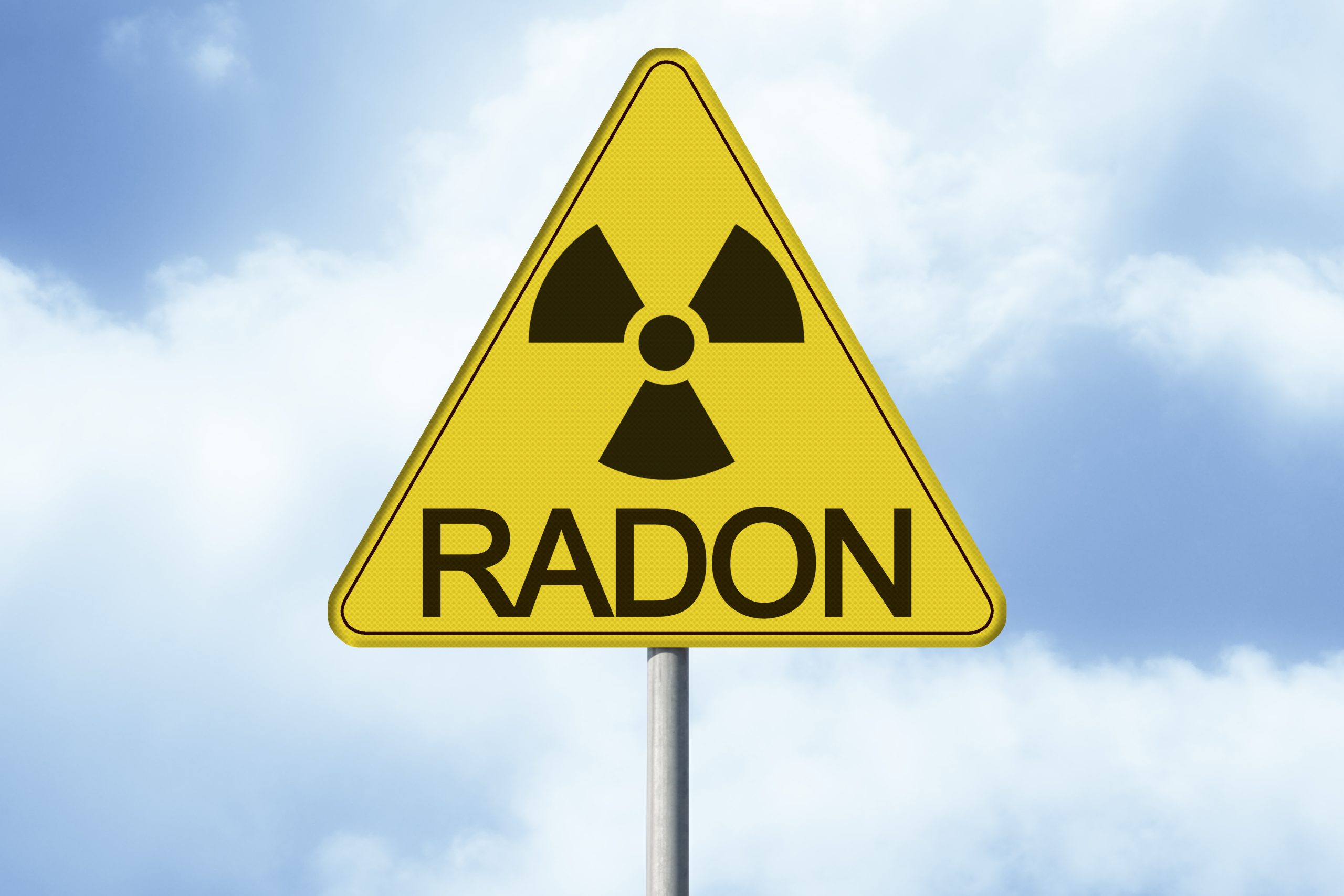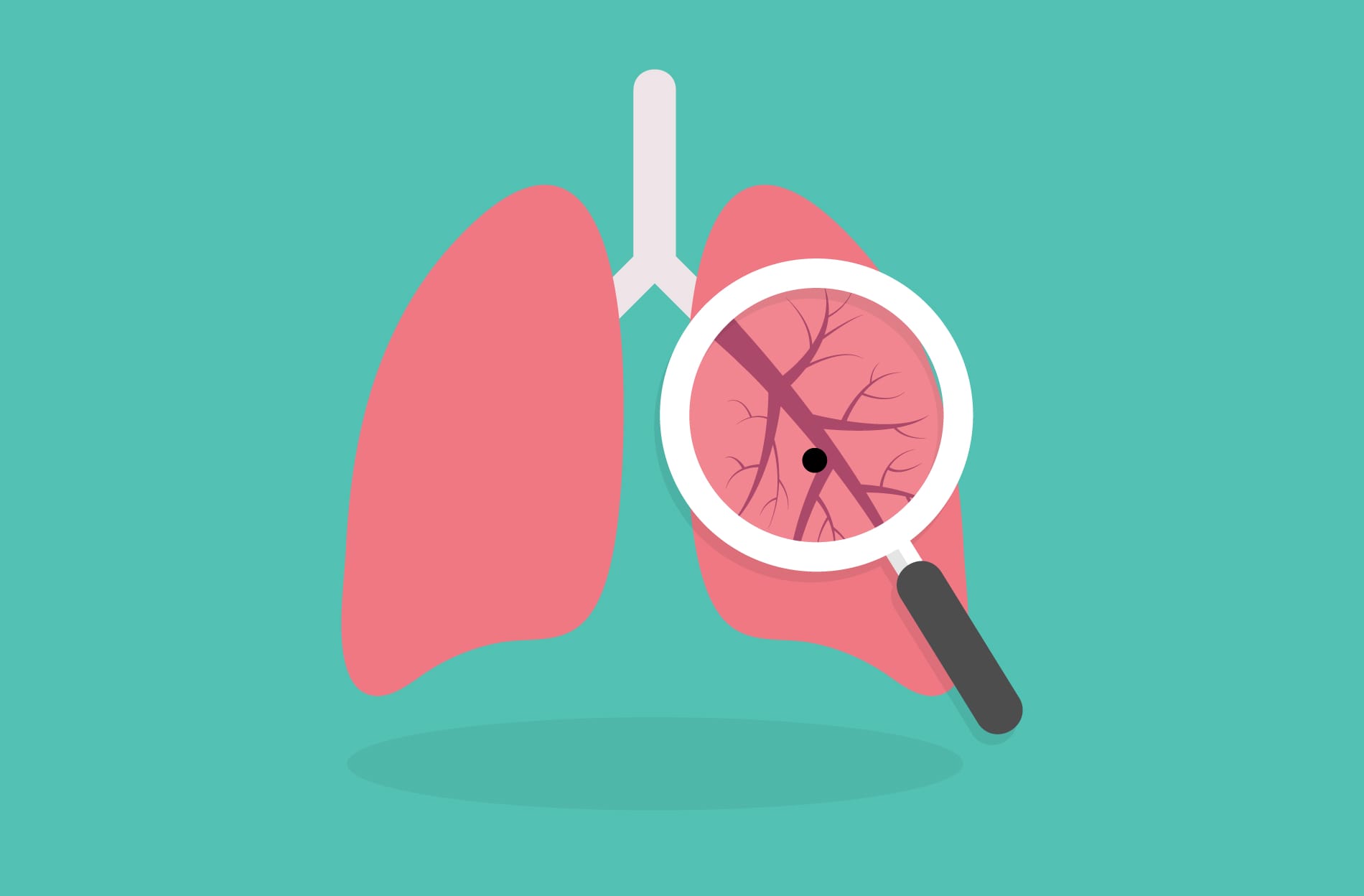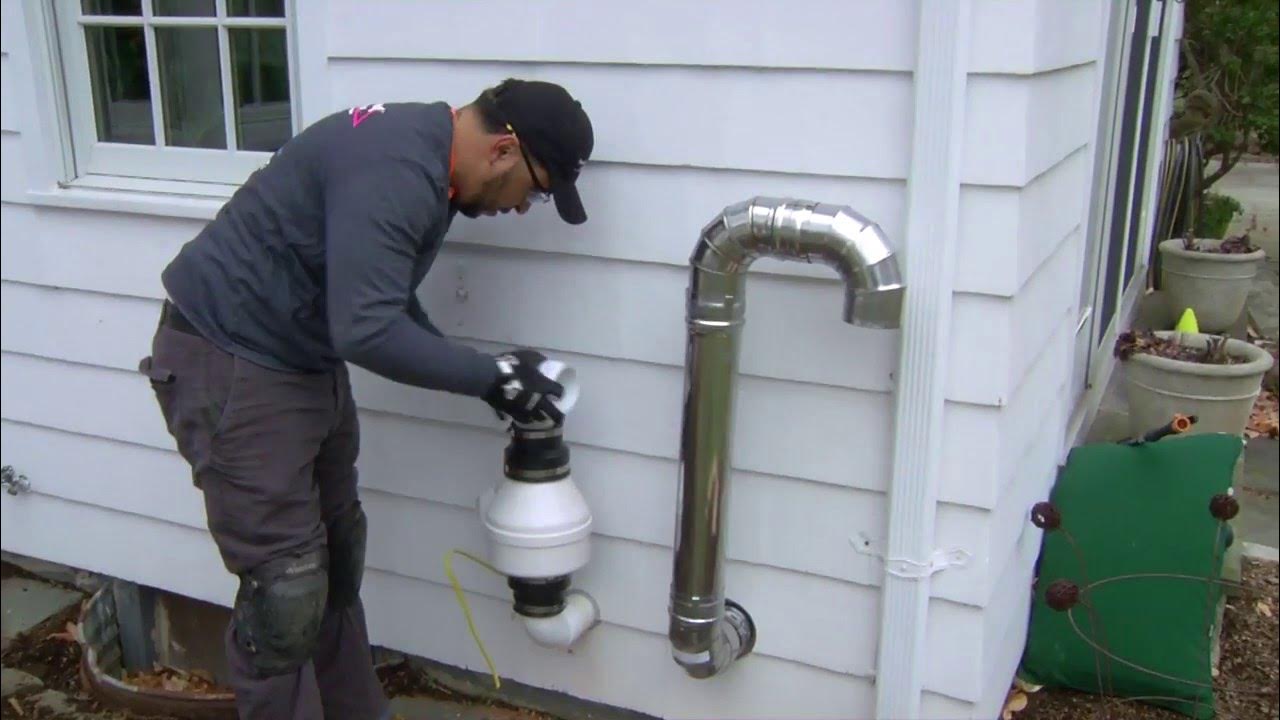Radon is a radioactive gas that arises from the breakdown of uranium in the earth around us. It is present in the soil, water, and rocks that make up our homes. When radon decays, it releases tiny radioactive particles that, if inhaled, can damage your lungs and increase your risk of lung cancer.
This article aims to provide a comprehensive understanding of radon, its properties, dangers, and mitigation strategies.
Table of Contents
Properties of Radon
Radon is a colorless, odorless, and tasteless gas that is approximately 7.5 times heavier than air. It is a noble gas, which means it is chemically inert and does not readily react with other substances. Radon is a naturally occurring radioactive gas that results from the radioactive decay of radium, which is itself a decay product of uranium.
Radon’s molecular weight is approximately 222 atomic mass units (AMU), while air has an average molecular weight of about 29 AMU. This significant difference in weight has profound implications for how radon behaves in indoor and outdoor environments.
In the absence of significant air movement, radon tends to settle in lower areas, such as basements or ground floors. However, air currents, temperature variations, and building dynamics can cause radon to mix and distribute throughout the environment, leading to varying radon concentrations in different areas.
Dangers of Radon
Radon is a serious health hazard, particularly when it accumulates in indoor environments. When radon decays, it releases tiny radioactive particles that, if inhaled, can damage your lungs and increase your risk of lung cancer.
Radon is the second leading cause of lung cancer in the United States, responsible for approximately 21,000 lung cancer deaths each year. The risk of lung cancer increases with higher radon concentrations and longer exposure times.
Detecting and Measuring Radon
Detecting and measuring radon levels is crucial in assessing the risk it poses in indoor environments. Test kits should be placed appropriately, considering radon concentrations are likely higher near the ground or lower building levels.
Short-term tests, typically lasting between 2 and 90 days, provide a quick indication of radon levels, while long-term tests, lasting over 90 days, offer a more accurate representation of annual radon concentrations.
The U.S. Environmental Protection Agency (EPA) recommends taking action to reduce radon levels if they exceed 4 picocuries per liter (pCi/L). However, it is important to note that there is no safe level of radon exposure, and even levels below 4 pCi/L pose some risk.
Mitigation Strategies
Implementing effective radon mitigation strategies becomes essential once high radon levels are detected.
Some common mitigation strategies include:
- Active Soil Depressurization: This strategy involves installing a pipe from the soil beneath the building to the outside, along with a fan that creates a vacuum to draw radon gas out of the soil and away from the building.
- Sealing the Earth Floor: Sealing the earth floor of the basement or crawl space can help prevent radon from entering the building. This can be done using materials such as concrete, plastic sheeting, or specialized sealants.
- Improving Ventilation: Increasing the ventilation in a building can help dilute radon concentrations and reduce the risk of exposure. This can be achieved through the use of mechanical ventilation systems, such as fans or air exchangers, or by simply opening windows and doors to allow fresh air to enter.
- Sub-Slab Depressurization: This strategy involves installing a pipe beneath the concrete slab floor of the building, along with a fan that creates a vacuum to draw radon gas out of the soil and away from the building.
Conclusion
Radon is a serious health hazard that requires careful attention and mitigation. By understanding its properties, dangers, and mitigation strategies, homeowners can take proactive steps to protect themselves and their families from the risks associated with radon exposure.
Regular radon testing, appropriate mitigation strategies, and ongoing monitoring are essential to ensuring a safe and healthy indoor environment.




